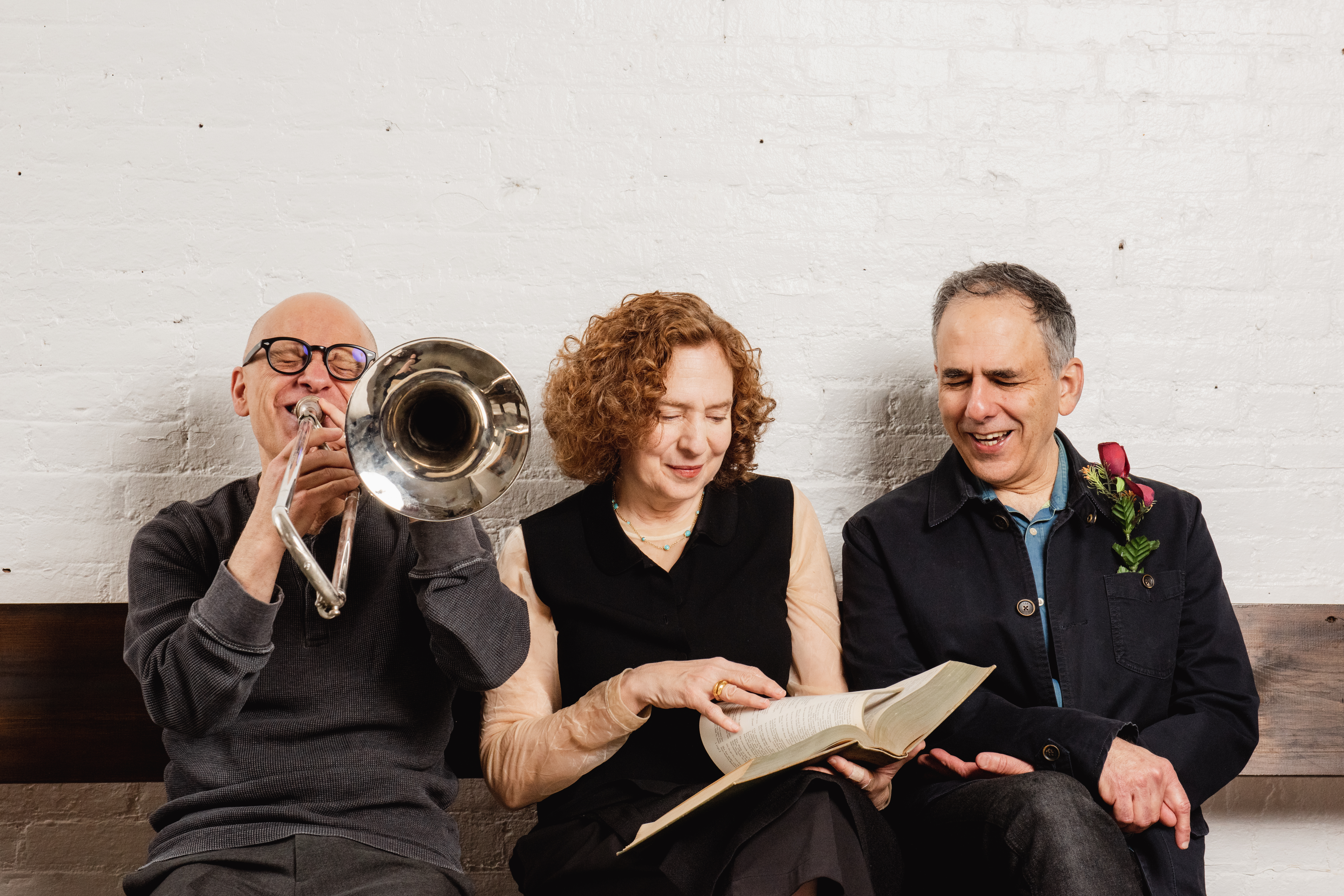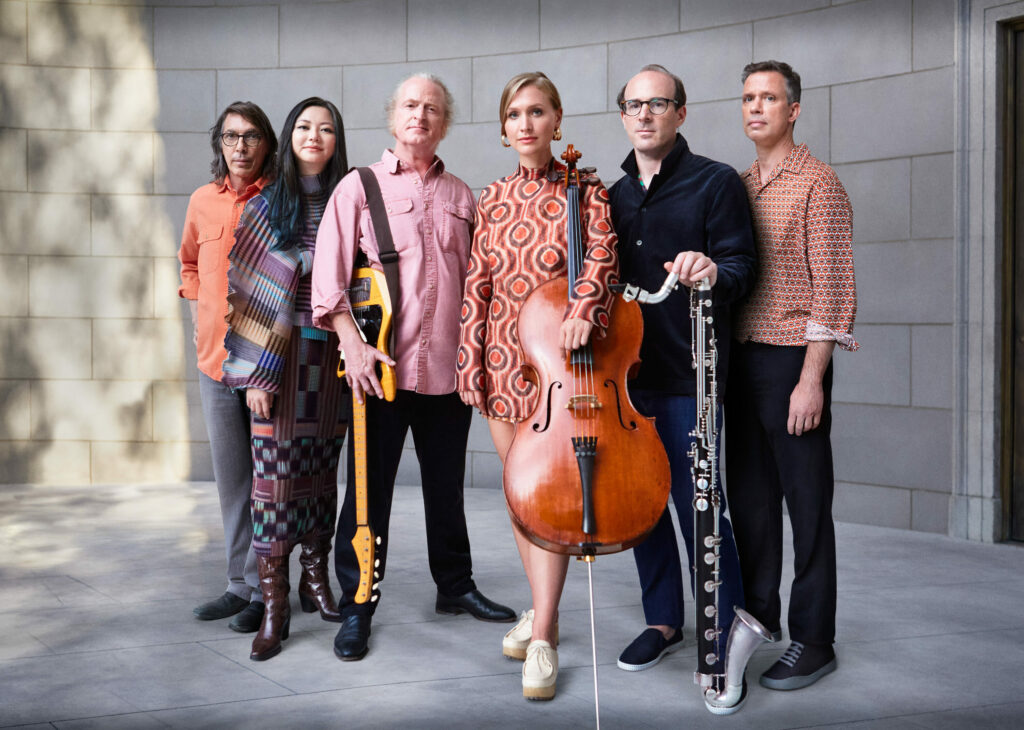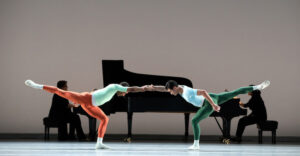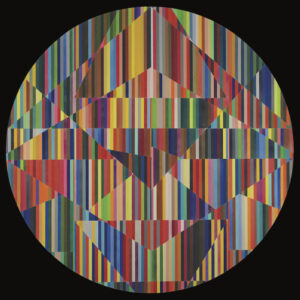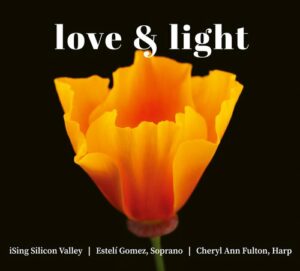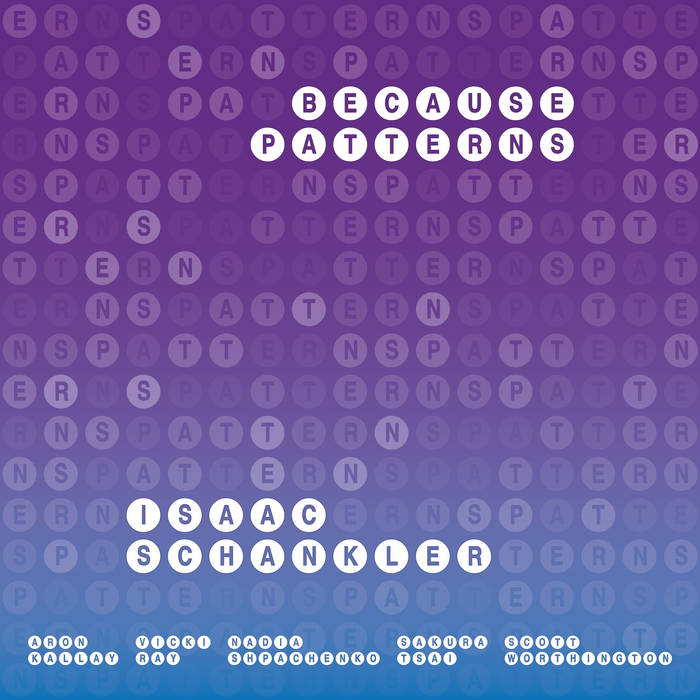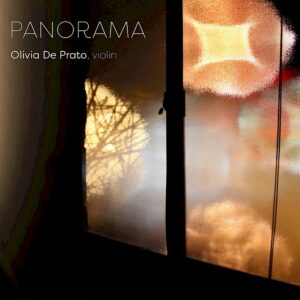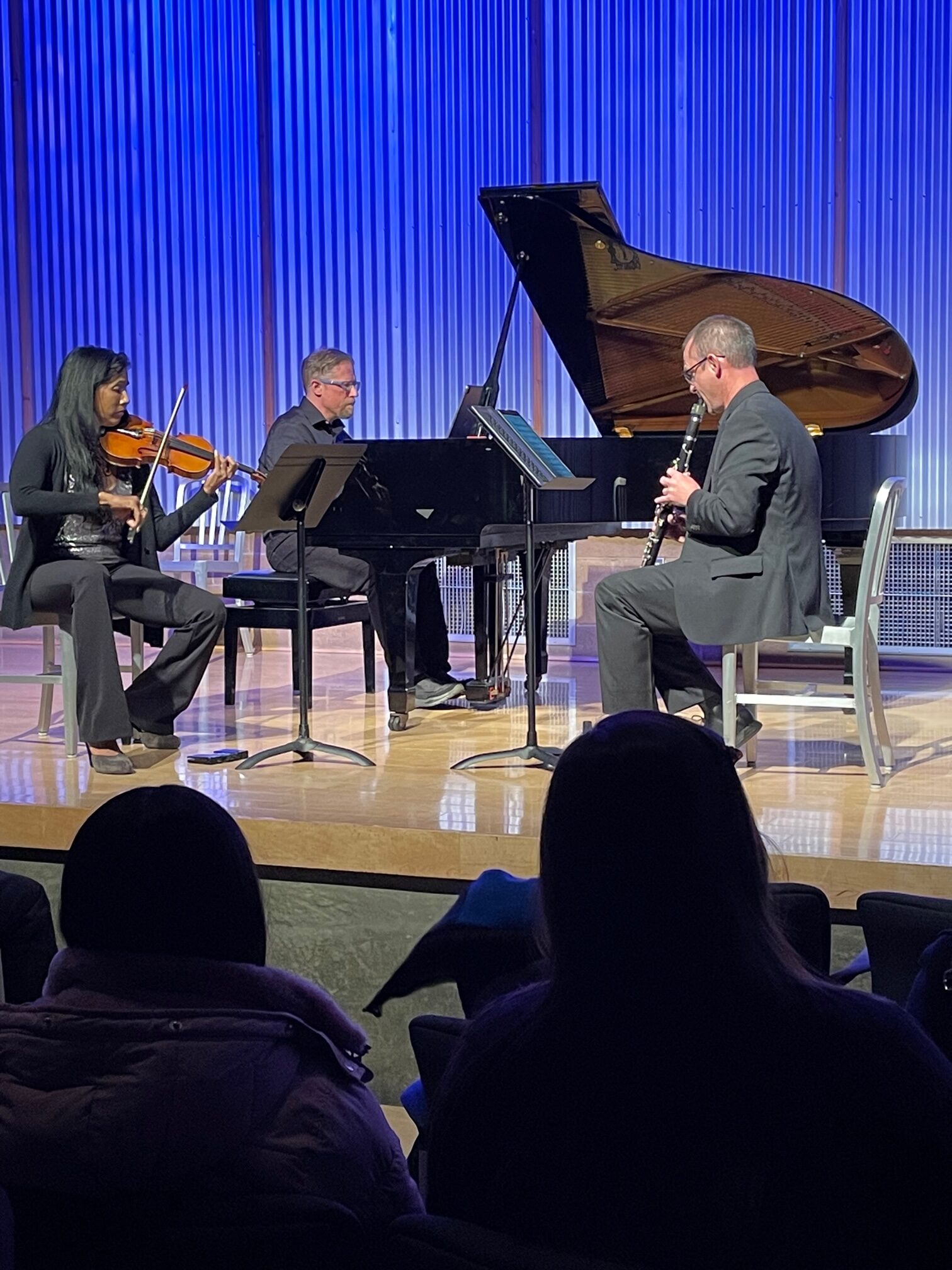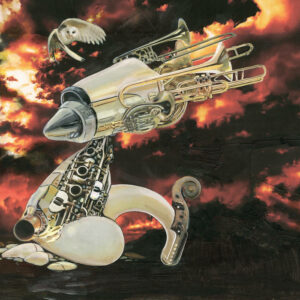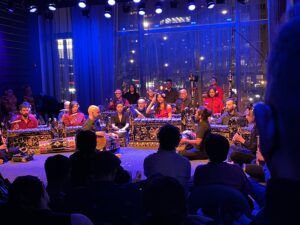In a culture in which we are constantly reinventing ourselves, any event can be the first annual anything. And so it is with Bang on a Can’s Long Play Festival, whose inaugural edition was launched in Spring 2022.
The organizers clearly found Long Play to be a success: The 2023 edition is May 5, 6 and 7 with events spread over ten venues in downtown Brooklyn: Pioneer Works, Roulette, Brooklyn Academy of Music, Public Records, Littlefield, BRIC, Mark Morris Dance Center, The Center for Fiction, and Fort Greene Park. Over 50 performances are scheduled; most are accessed via a one-day or two-day pass ($89 and $150, respectively). Scores of performing artists include the Art Ensemble of Chicago, Philip Glass Ensemble performing the iconic Glassworks in its entirety for the first time; a reunion concert of Henry Threadgill’s Very Very Circus, the musical collective Harriet Tubman, Alarm Will Sound, JACK Quartet, Momenta Quartet, Sō Percussion, Meredith Monk & Vocal Ensemble, Bang on a Can All-Stars (of course!), and more. The complete list is here; tickets are here.
The composer David Lang, one of the three founders of Bang on a Can, told me, “Last year we had theorized this would work. We thought it would be good and we thought we would enjoy it – and we did it and it was a blast. Everyone in the organization got fired up by the fact that there was so much music and so many musicians and the audience was so varied and so interested.”
Lang along with the composers Julia Wolfe and Michael Gordon launched Bang on a Can in New York City in 1987 with a 12-hour concert in a downtown art gallery. The organization became known for its annual marathon concerts in New York, and later expanded to include a performance group (the Bang on a Can All-Stars), a commissioning program, education programs and festivals at MASS MoCA in the Berkshires, and a record label (Cantaloupe).
Why after 30-plus years of successful marathon concerts did Bang on a Can decide to stray from its tried and true formula? Lang said, “After a while, we felt like we were inviting people on to the marathon for slots of 15 or 20 minutes that we wished were an hour or two hours. I remember thinking – this is at the last marathon – people would come in and they would go, “That was incredible. Why am I only wanting that for fifteen minutes?”
The aesthetic of the performers, programs and repertoire at Long Play doesn’t really differ from that of the marathons, said Lang. It’s still about performing artists who consider themselves innovators. “They say, ‘there’s a kind of traditional music that’s involved in my world and I’m not doing that.’ That’s always been the way we’ve judged people to come on to the marathon.” Lang continued, “What I’m really hoping will happen is that people will think that the world is full of creativity and wildness and inspiration and that the world is very large.”
“To me, one of the really exciting things about this festival is it shows you people who are taking lots of different attitudes equally seriously. They believe that their music has power. They believe that they’re part of a community which is coming together to do something important and that we as listeners are in fact an essential part of that community. And that music has a lot of powers to heal the problems of the world.”
As music lovers tromp around Brooklyn seeking aural pleasure and revelations from Long Play Festival events, some might need nourishment in a more literal sense. Barry Michael Okun has made it his lifetime passion and now fulltime job to curate a website and weekly newsletter pairing outstanding performing arts experiences with recommendations for culinary delights. I asked him to suggest a few spots from his curated Go Out! The List to re-fuel between performances. Here are his thoughts:
near Public Records: Mediterraneanish New American (or New Americanish Mediterranean) out of the big oven at Victor, 285 Nevins Street, Gowanus, Brooklyn.
near Pioneer Works: Piemontese-leaning Italian pastas and antis at Bar Mario, 365 Van Brunt Street, Red Hook, Brooklyn.
near BAM/Mark Morris/BRIC: Exciting pizza at Oma Grassa, 753 Fulton Street, Fort Greene, Brooklyn.
near Roulette: Superb Palestinian at Al Badawi, 151 Atlantic Avenue, Brooklyn Heights, Brooklyn
